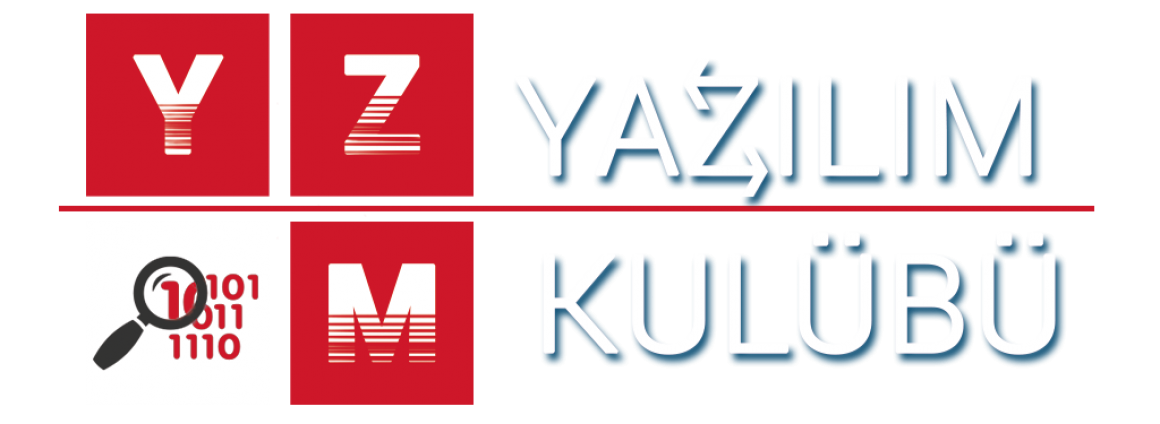What is Threat Intelligence – Digital technologies are at the center of almost every industry today. The automation and more connectivity they provide revolutionized the world’s economic and cultural institutions and brought risks in the form of cyberattacks. Threat intelligence is information that allows you to prevent or mitigate these attacks. Rooted in data, threat intelligence provides context that helps you make informed decisions about your security, such as who attacked you, their motivation and abilities, and what indicators of compromise to look for in your systems. Therefore it helps you make informed decisions about your security.
Importance of Threat Intelligence for Organizations
Today’s cybersecurity industry faces numerous challenges like increasingly persistent and deceptive cyberthreats, daily data flow full of redundant information and false alarms in multiple, and disconnected security systems. Some organizations try to include threat data feeds into their networks. Still, they don’t know what to do with all that extra data, which adds to analysts’ burden who don’t have the tools to decide what to ignore and what to prioritize.
A cyber threat intelligence can address each of these problems. The best solutions use machine learning to automate data collection and processing, integrate it with your existing solutions, extract unstructured data from different sources, and then connect the dots by providing context on indicators of compromise (IoCs) and tactics, techniques, and procedures of threat actors.
Who Can Benefit from Threat Intelligence?
Cyber threat intelligence is widely recognized as the domain of elite analysts. In fact, it adds value to security functions for organizations of all sizes.
Security operations teams can not routinely process the alerts they receive. Threat intelligence integrates with the cybersecurity solutions you are currently using, helping to prioritize and filter alerts and other threats automatically. Vulnerability management teams can more accurately prioritize the most critical vulnerabilities with external insights and contextual access provided by threat intelligence. Therefore, fraud prevention, risk analysis, and other high-level security processes are enriched by understanding the current threat environment provided by threat intelligence.
Threat Intelligence Lifecycle
Cyber threat intelligence is the final product that emerges from a six-part cycle of data collection, processing, and analysis. This process is a cycle because new questions and knowledge gaps are identified in the intelligence development process, leading to the identification of new collection requirements. An effective intelligence program is iterative and gets more refined over time. Here are the 6 phases of the threat intelligence lifecycle:
- Direction: First, the goals of this intelligence cycle should be defined by an authoritative figure. Goals are set based on some of the vital information elements needed to make timely and accurate decisions.
- Collection: Next, in response to the criteria laid out in the direction phase, data is collected from many sources, including human intelligence, images, electronic sources, captured signals, or public sources.
- Processing: After the data is collected, it should be processed into a user-friendly form. This can include translating from a foreign language, decrypting it, or sorting data based on how reliable or relevant it is.
- Analysis and Production: The processed data must then be transformed into a coherent whole. Conflicting data should be evaluated against each other, and patterns and consequences of inconclusive or insufficient data should be considered. The products of this phase are evaluations and reports that summarize data for decision-makers.
- Dissemination: The finished product of this process needs to get into the right hands to be effective, so the intelligence cycle has to run back on itself. These reports and evaluations are delivered to clients or the leadership who primarily commissioned the cycle.
- Feedback: After reviewing this new intelligence, authorities will take action, including issuing new instructions to collect more information. The process will be refined with the aim of producing more accurate, more relevant, and timely assessments based on the success of previous insights.
Strengthen Your Security Operations Center (SOC) with Keepnet Labs’s Threat Intelligence Module
Threat intelligence is one of the essential tools your organization can use in cybersecurity. In a constantly evolving threat environment, security teams often find themselves a step or two behind attackers. This is not only because attackers use new tactics, techniques, and procedures but also because the threat environment is getting more complex. Keepnet Labs’s Threat Intelligence module helps you browse the web and search for signals and data that your data security has been compromised and could pose a threat to your business. The constant vigilance provided by the Threat Intelligence module reduces fraudulent activity by shortening the time between a potential data breach and a defensive response. Hence, using Keepnet Labs’s Threat Intelligence Module will definitely strengthen your SOC.
“This post is originally published at www.keepnetlabs.com”

 Teknoloji Haberleri
Teknoloji Haberleri
- Yeni araştırmanın şaşırtıcı keşfi: Güllerin atası aslında sarı mıydı?Yeni araştırmalar, güllerin genetik kökenine dair ilginç bilgiler ortaya koyuyor: Atasal türlerin kırmızı veya pembe değil, sarı renkli olduğu keşfedildi.
- İstanbul'da hangi ilçeler depremi kaç şiddetinde hissetti? ABD Jeoloji Araştırmaları Kurumu haritada ilçe ilçe yayınladıİstanbul'da yaşanan deprem, ABD Jeoloji Araştırmaları Kurumu (USGS) ve AFAD verilerine göre ilçelerde farklı şiddetlerde hissedildi. Özellikle batı ilçelerinde daha güçlü hissedilen depremin büyüklüğü, USGS'nin yayımladığı harita ile İstanbul sokaklarında nasıl bir dağılım gösterdiği yayınlandı
- DeLorean DMC-12: Sinema tarihinin efsanevi aracı yok olmanın eşiğinde!Martı kanadı kapıları ve paslanmaz çelik gövdesiyle benzersiz bir tasarıma sahip DeLorean DMC-12, Geleceğe Dönüş filmleriyle efsaneleşti. Ama son veriler, bu efsane aracın yok olmanın eşiğinde olduğunu ortaya koyuyor.
- “Hayalet trafik” nedir? Neden hiçbir engelin olmadığı yolda trafik sıkışıyor?Küçük bir hız değişikliği, trafiğin kilometrelerce geriye doğru sıkışmasına neden olabilir mi? Araç yoğunluğu arttığında oluşan “hayalet trafik sıkışıklıkları,” sürücülerin birbirine zincirleme tepkisiyle nasıl yayılıyor?
- Japon devlerinden büyük kuantum adımı: 256 kübitlik yeni bilgisayar tanıtıldıKuantum hesaplama alanında Japonya’dan önemli bir adım geldi: Fujitsu ve RIKEN, 256 kübit kapasiteli yeni bir süperiletken kuantum bilgisayarı tanıttı.
